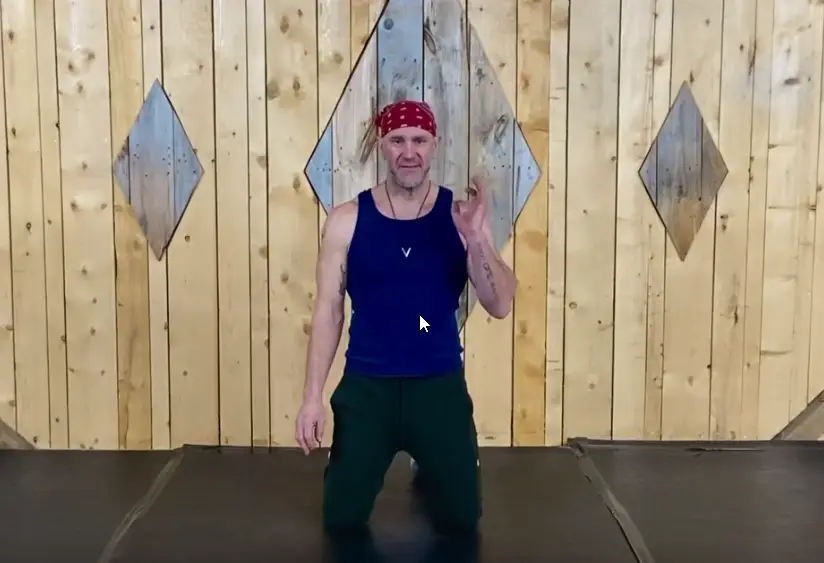
Mastering the classic push-up is one of the most effective ways to build upper-body and core strength—no equipment required. Whether you’re a beginner or seasoned athlete, proper form is key to getting results and avoiding injury. Here’s how to perform a perfect push-up with control, power, and precision.
🔹 1. Starting Position
- Hands: Place them slightly wider than shoulder-width apart. Fingers should point forward, middle fingers roughly in line with your shoulders.
- Feet: Together or slightly apart—whichever helps you stay stable.
- Body: Form a straight line from head to heels—no sagging hips or raised butt.
- Core: Engage your abs as if bracing for a punch.
🔹 2. The Movement
- Inhale as you slowly lower your body by bending your elbows.
- Keep elbows at about a 45° angle from your body (not flared out to the sides).
- Lower until your chest is about an inch or two from the floor.
- Exhale as you push back up, straightening your arms and keeping your body rigid.
- Don’t lock your elbows at the top—keep a slight bend.
- Maintain your core tension throughout.
🔹 3. Key Form Cues
✅ Eyes looking slightly ahead of you (not straight down).
✅ Shoulders pulled back and down (avoid shrugging).
✅ Neck neutral—don’t drop your head.
✅ Keep your hips and shoulders rising together.
🔹 4. Common Mistakes to Avoid
❌ Dropping hips (puts pressure on the lower back).
❌ Flaring elbows too wide (stresses shoulders).
❌ Half reps—lower all the way until your chest nearly touches the floor.
❌ Holding your breath—remember to breathe!
🔹 5. Variations for All Levels
Beginner:
- Incline push-up (hands on bench or wall).
- Knee push-up (knees on the floor, same upper body form).
Intermediate:
- Standard push-up (as described above).
- Shoulder tap push-up.
Advanced:
- Decline push-up (feet elevated).
- Diamond push-up (hands close together).
- Clap or explosive push-ups.
🔹 Tip for Progress
Try 3 sets of 8–15 reps with strict form. As you get stronger, increase reps or switch to more challenging variations.
